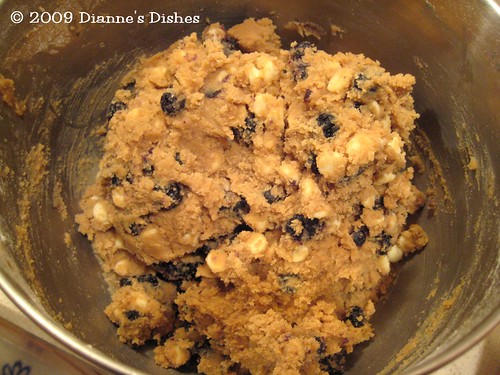



In French, this kind of beignet dough is called pâte à choux or pâte à beignets soufflés or, more colorfully, pets-de-nonne, nun’s farts, and is made with flour and butter stirred into boiling water, with eggs then being incorporated one at a time. It is an ordinary cream puff pastry, the same kind used for making cream puffs and eclairs. Beignets are popular elsewhere in the Mediterranean too, such as Italy where pastella per bignè can also be called pasta reale. In Greece beignet dough is called sou. There are two kinds of beignet dough, one for baking (this one) and the other used for deep-frying.
Yield: Makes 30 medium-size or 60 small beignets
Preparation Time: 1 hour
1 cup whole milk
1/2 cup (1 stick) unsalted butter
3/4 teaspoon salt
1 cup all-purpose unbleached flour
6 large eggs
Freshly grated nutmeg (optional)
1. Put the milk, butter, and salt in a large, heavy saucepan and turn the heat to medium-high. Once the butter has melted, add all the flour all at once. Stir with a wooden spoon until it creates a dough, pulls away from the sides of the saucepan easily, and the butter begins to ooze a little, 1 1/2 to 2 minutes. Transfer to a bowl.
2. Preheat the oven to 400 degrees F.
3. Beat the eggs into the flour mixture, one at a time, beating vigorously with a fork and making sure each egg is absorbed and the dough is smooth before you add the next one. Sprinkle with nutmeg, if desired.
4. Butter a baking sheet and, using a tablespoon, drop large tablespoonfuls of the dough in rows on the sheet 1 1/2 inches apart. Each droplet of dough should be about an inch in diameter for smalls ones and 2 inches for medium-size ones. Bake until golden brown, 22 to 25 minutes. Do not be tempted to peek in the oven, and if you simply must, crack the oven door slowly open, otherwise, the puffs may collapse. They will look and seem done at 20 minutes, but they are not; continue to bake until they are firm when pressed down on top with your finger, another 2 to 5 minutes.
Source : http://www.cliffordawright.com/caw/recipes/display/bycategory.php/recipe_id/856/id/45/
No comments:
Post a Comment